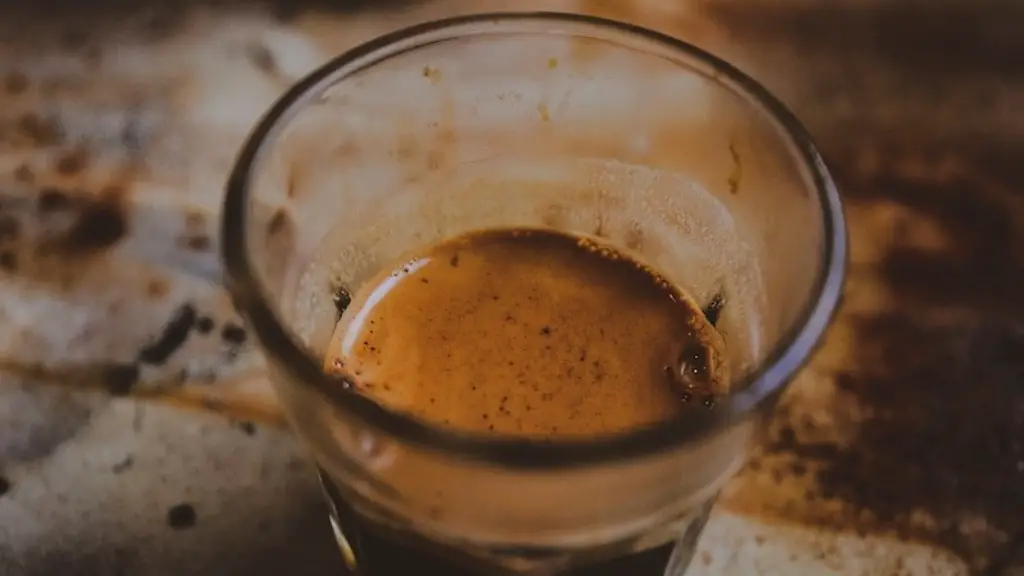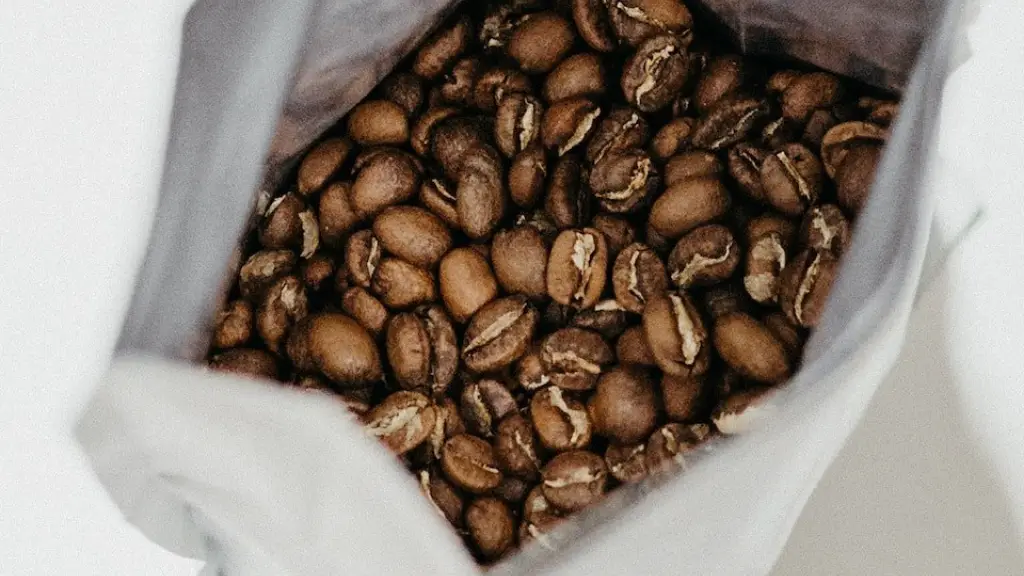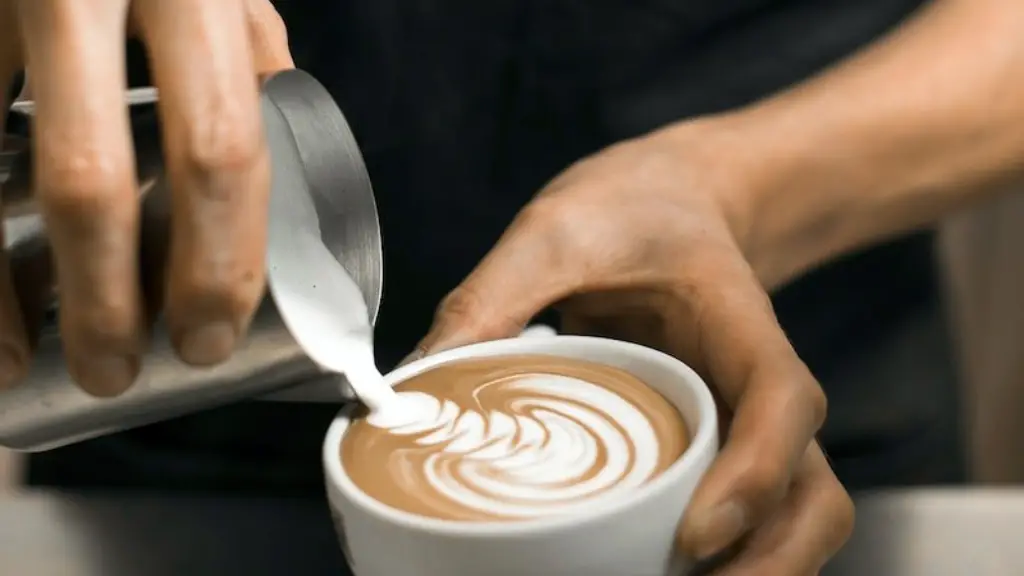How Does Starbucks Make Decaf Coffee?
Decaf, which stands for “decaffeinated” coffee, is popular among people who wish to reduce their caffeine consumption. Decaf coffee is made using the same beans as regular coffee, but it has had most of its original caffeine content removed. Starbucks has perfected a method for crafting decaf coffee that is both efficient and flavorful. In this article, we will explore the process behind how Starbucks makes decaf coffee and consider how it compares to regular brewing.
The Process of Decaffeinating Coffee
Decaffeinating coffee consists of a few different processes, the most popular of which is called “swiss water process”. This involves soaking and steaming the beans until the caffeine is released. The beans are then soaked in a special solution that is designed to remove the caffeine molecules. The molecules are then strained out and the beans are dried, prepared, and roasted. The removed caffeine is collected to be used in other products.
Starbucks has its own special process for making decaf coffee, which they believe is the most efficient and effective. They use a process called the “Freshwater Decaffeination Method”. This process consists of steaming the beans to release the caffeine and then soaking the beans in a bath of highly filtered water to pull out the caffeine molecules. They then use activated charcoal to absorb the caffeine molecules, while preserving the flavor and aroma of the beans.
The approach Starbucks takes to decaffeinating coffee is unique in that it involves two separate processes — steaming and soaking — which can take up to 24 hours to complete. As a result, the decaf coffee produced is flavorful and well-balanced.
The Benefits of Decaffeinated Coffee
Decaffeinated coffee has several benefits, mainly because it contains lower amounts of caffeine. Caffeine is a stimulant that can give you a temporary energy boost, but too much of it can cause jitters and headaches. For this reason, people often opt to drink decaf coffee instead of regular coffee in order to reduce their caffeine intake.
Decaf coffee can also help people sleep better, as drinking too much caffeine can disrupt the normal sleep cycle. Furthermore, decaf coffee can be enjoyed at any hour of the day, because it will not interfere with your sleep. Finally, people who are sensitive to caffeine can still enjoy coffee without experiencing unpleasant side effects.
How Does Decaf Coffee Compare to Regular Coffee?
The biggest difference between decaf coffee and regular coffee is the level of caffeine. Decaf coffee contains very little caffeine, usually somewhere between 0.1 to 1.5 mg per 8 oz cup — compared to regular coffee, which contains 95 to 200 mg of caffeine per 8 oz cup. Other than that, there is no difference in terms of flavor or aroma. Starbucks uses the same high quality beans for their decaf coffee as for their regular.
The Effects of Decaffeinating on the Coffee Beans
The process of decaffeinating coffee beans does affect the flavor and aroma of the coffee, although this is usually minimal. The steaming process can remove some of the oils that give the beans their flavor, but the activated charcoal used in Starbucks’ process is designed to preserve these aromas and flavors.
Decaffeinated coffee tends to have a smoother, less acidic taste than regular coffee. However, this is subjective and may vary depending on the beans used and the decaffeination process.
Environmental Implications of Decaffeinating Coffee
Decaffeinating coffee is not a green process, as it typically involves flowing wastewater into rivers or lakes. In addition, the decaffeination chemicals used can be toxic and are often disposed of in an environmentally unfriendly manner. Starbucks is aware of this and has depleted all chemicals used before disposing them.
The company is also striving to use more sustainable methods to decaffeinate its coffee. For example, Starbucks has recently replaced its water decaffeination process with process called “Naturally Decaffeinated”, which uses ethyl acetate to bond with the caffeine molecules and extract them from the beans. This process does not require wastewater and is deemed more sustainable.
The Benefits of Starbucks’ Decaf Coffee
Starbucks has perfected a method for making decaf coffee that is both efficient and flavorful. By using a combination of steaming and soaking techniques, as well as a special charcoal filtering process, they are able to extract the majority of the caffeine from the beans while still preserving the robust aromas and flavors. This is what makes Starbucks decaf coffee unique and why many people swear by it.
How Starbucks Ensures Quality with Decaf Coffee
Starbucks is committed to delivering a consistent, high-quality experience with every cup of coffee that they serve, including decaf. To ensure quality, they use only specially-selected Arabica beans, which have been chosen for their flavor and aroma. The beans are also inspected and hand-sorted to ensure they are of the highest quality.
All of Starbucks’ decaf coffee is brewed using high-end brewing equipment, which is designed to extract a maximum of flavor and aroma from the beans. Finally, all decaf coffee is served fresh, within one hour of brewing, to guarantee maximum flavor and freshness.
Conclusion
Starbucks’ decaf coffee is made using a unique and innovative method that preserves the flavor and aroma of the beans, while reducing the overall caffeine content. Starbucks is committed to ensuring that their decaf coffee is of the same high quality as their regular coffee, and they go to great lengths to ensure this by using only the best beans and brewing equipment. Therefore, you can be sure that your decaf coffee from Starbucks will always be fresh, flavorful, and of the highest quality.



